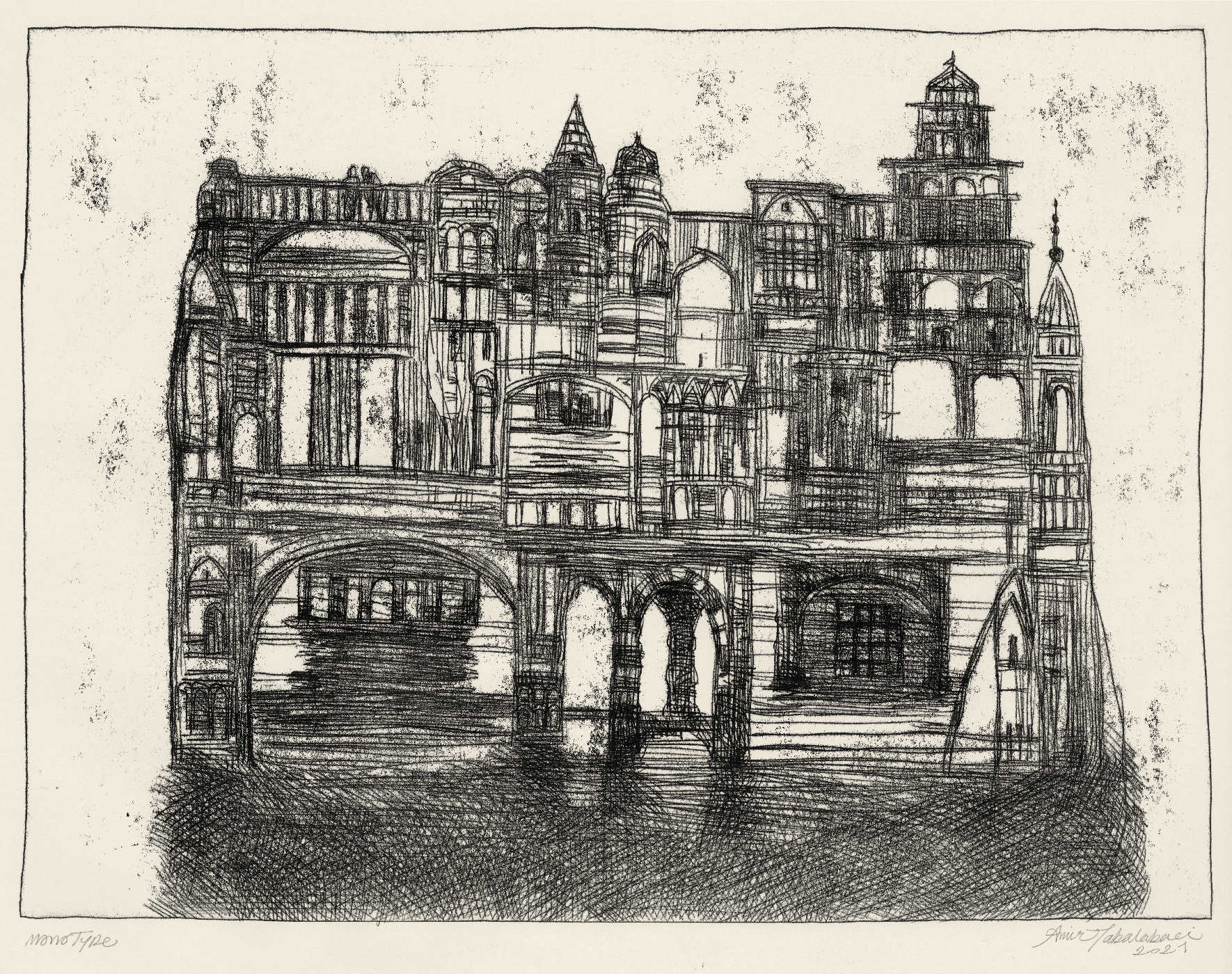Utopia
| 2019-Present
As a concept, Utopia–an imaginary ideal place (or non-place)—has existed in one form or another in many cultures and societies, to the point that it can be considered a common desire among human beings. As we call Utopia an ideal world, we know the opposite form, Dystopia, as an undesirable world and society. The desire to move toward Utopia and away from Dystopia creates an impetus for movement and change. In our everyday circumstances, these concepts often exist in tandem, the drive toward one could also be a step toward the other: new technologies come at the expense of natural resources; well-intentioned acts might carry negative consequences; devotion to one kind could lead to hatred of another; heroes could metamorphosize into villains.
As an artist, this contradiction, the dialectic between Utopia and Dystopia, and the potential metamorphosis of good to evil has long occupied my thoughts. Having immigrated to the U.S. from Iran in 2016, I have come to view my journey in the form of a Utopian quest. Leaving behind my personal and artistic roots and having to deal with the challenges of being an immigrant artist have highlighted the juxtaposition of Utopia and Dystopian elements in our lived spaces and the impossibility of realizing one form without experiencing the other. In this series of works, I have brought together this contradiction and the interplay between the two worlds.
In depicting Utopia, I have drawn on its literal architectural connotation–a place of harmony and bliss–by incorporating decorative patterns of traditional Persian architecture to convey the feeling of community and harmony.
In my Dystopian works Deevs plays a central role. In Zoroastrianism, the ancient Persian religion, Daevas or Deevs are demonic spirits that aid Ahriman, the god of darkness and chaos in its eternal battle against Ahura Mazda, the god of peace and harmony. In visualizing these creatures, I took inspiration from the works of Mohammad Siah Ghalam, the Iranian iconoclast painter of the fourteenth century who broke away from the conventional Persian miniature style of his era by blending realism and imaginary worlds to expose social issues of his time, many of which still resonate with contemporary audience.
Metamorphosis is my attempt to call attention to the cohabitation of good besides evil, the interplay between Utopia and Dystopia as experienced in our daily lives.









